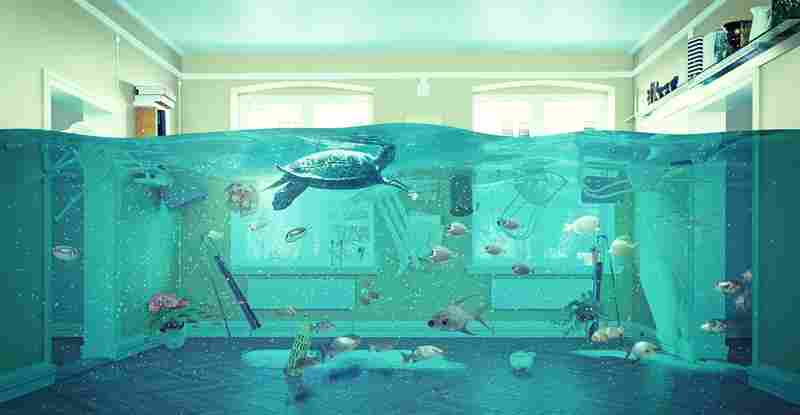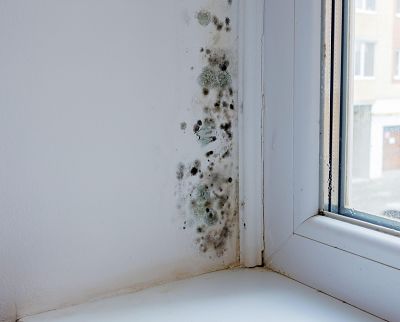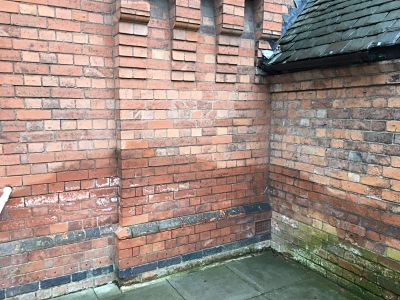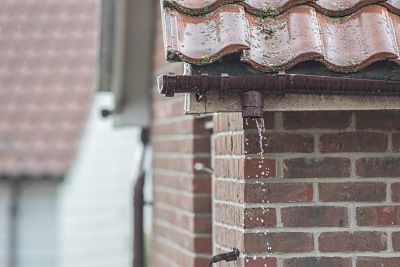
This guest post has been provided by Paul Lawless of property preservation specialists Peter Cox. Here Paul is sharing Peter Cox’s top tips on tackling damp and condensation with you…
Since the introduction of the Homes Act in March, landlords have found themselves under even greater pressure to ensure that any property they let out is free from damp. However, as we go deeper into Autumn the dropping temperatures and increased rainfall mean that we can naturally expect to see damp and condensation complaints becoming more commonplace.
We have prepared this blog to help landlords prepare themselves for these incoming complaints. We will outline the three main causes of damp, how best to resolve them and outline who would be responsible for implementing any necessary repairs.
Is Condensation the Landlords responsibility?
Condensation is both the most common cause of damp in rented homes, and the most controversial. It is not uncommon for tenants to assume that their damp and mould problems have been caused by a fault in the building, when in fact the issue lies with them not taking sufficient care of the property and ventilating it properly.

In cases such as this, you can advise your tenants on some simple lifestyle changes they should make to reduce the amount of water vapour they release into the home and on how to introduce the ventilation required to flush out damp and humid air from the building. These changes include:
Keep windows open in affected rooms: Showering and cooking are two activities that release a lot of water vapour into the atmosphere, simply keeping the window open during and shortly after allows this moisture to escape outside rather than remain trapped in the room creating a damp environment.
Clothes should be dried outside: We understand this isn’t always possible, so if it’s essential that you dry your clothes indoors, ensure that it is in a closed room with an open window.
Leave a gap between furniture and walls: when surfaces are flush to the wall it is easier for damp air to become ‘trapped’ here and settle, eventually leading to damp or mould problems
While these simple fixes are usually very effective, some condensation problems can still persist. Through no fault of the tenant, condensation can sometimes result in a build-up of damp and mould to the point where it becomes a health and safety issue and you may have to intervene to install a form of ventilation system, whether it is a new extractor fan in certain rooms or a more general whole house solution.
Cases of Rising Damp
Rising damp occurs when the building’s damp proof course fails and ground water begins seeping into the building through capillaries in brick and mortar. Of course this is categorised as a fault in the building and as the landlord you will be expected to cover the cost of installing a remedial damp proof course to make the building watertight again.

The issue with rising damp, however, is that it is frequently misdiagnosed by those without a grounding in the subject. Your first course of action should be to attend the site with a professional who will be able to accurately determine whether rising damp is in fact the culprit, or if another form of damp proofing is required.
Penetrating Damp Problems
As the name suggests, penetrating damp is caused by water passing through the external side of the building and creating damp problems inside. This happens because the building has some form of defect such as a hole in the roof, damaged pointing, cracks and gaps in external render or damaged guttering/downpipes that allows the water to penetrate. As the landlord you will be responsible for ensuring that building or repair work is completed to address the defect.

The good news is that penetrating damp is usually quite simple to identify and fix. Simply note where the damp is appearing and take a look outside at the corresponding point in the building to find what is causing the water ingress. If the fault is simple enough then often you will be able to remedy it by yourself by applying a coating to the external render or unclogging/repairing your gutters. However, for more serious or sustained examples of penetrating damp then we would suggest that you conduct a thorough check of the building to ensure that the damp has not developed into wet rot, or even worse – dry rot.
How to respond to damp complaints
As you will know, you are obligated to respond to any complaints within 14 days. The quick guide above will help give you an idea of what type of damp problem your tenants have and the best course of action to begin solving them.
Unfortunately the tell tale signs of condensation, rising damp and penetrating damp are not always so clear cut to identify, and can sometimes be confused for each other. If you are unable to identify the cause of the problem when you visit the property, then we would recommend discussing the issue with a Property Care Association qualified and reputable damp proofing company who will be able to attend the site, diagnose the cause and provide you with a treatment plan to begin the repair process.
Guest blog supplied by Paul Lawless of property preservation specialists Peter Cox.



